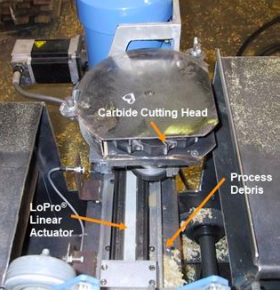
Reliable motion is often difficult to obtain when the operating environment is heavily contaminated with debris, or contains extreme conditions such as a wide temperature range or other environmental factors.The use of machinery for operations such as cutting, welding, and material processing often generates a substantial amount of debris contamination. Equipment that is not designed to function in the presence of debris can exhibit low durability or premature failure, and may require frequent service or replacement.
A central component in many such systems is some kind of linear actuation device. Actuators are essentially mechanical devices designed for moving and controlling motion. There are many different types of actuators, and they aren’t limited to only linear motion. A linear actuator creates motion along one axis, or along a straight line, while a rotary actuator is a device that can create motion around a curved or circular axis.
Linear actuators can be especially prone to contamination. Debris contamination can come from two different places; either from the operation of the equipment, or from the environment itself. Process operations can generate a large amount of debris contamination. For instance, this can come from cutting, trimming or sawing operations that generate particles, or even something like weld splatter. Grinding or polishing might make fine particulates and machining might generate large metal chips.
The environment itself can also generate particles where the debris or dust is coming from a distant location. So if there’s a machine that’s installed near another machine, that second machine can become dirty from the environment itself.
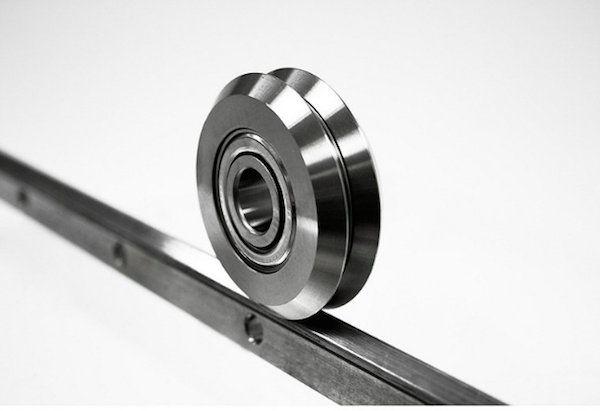
Traditional ways to reduce contamination and keep down the amount of dust and debris include metal covers and guards or barriers. However, design of linear elements themselves can make them more robust and better able to handle contaminated environments. One example are DualVee linear guide wheels from Bishop-Wisecarver. The guide wheels feature a double row angular contact ball bearing that provides load-carrying capacity in multiple directions. Their inherent design seals and shields the internal rolling elements from external contaminants, providing built-in protection without the need for additional protective measures.

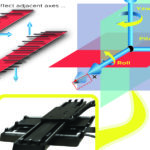
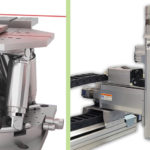
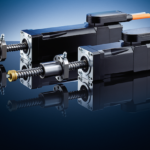


Leave a Reply
You must be logged in to post a comment.